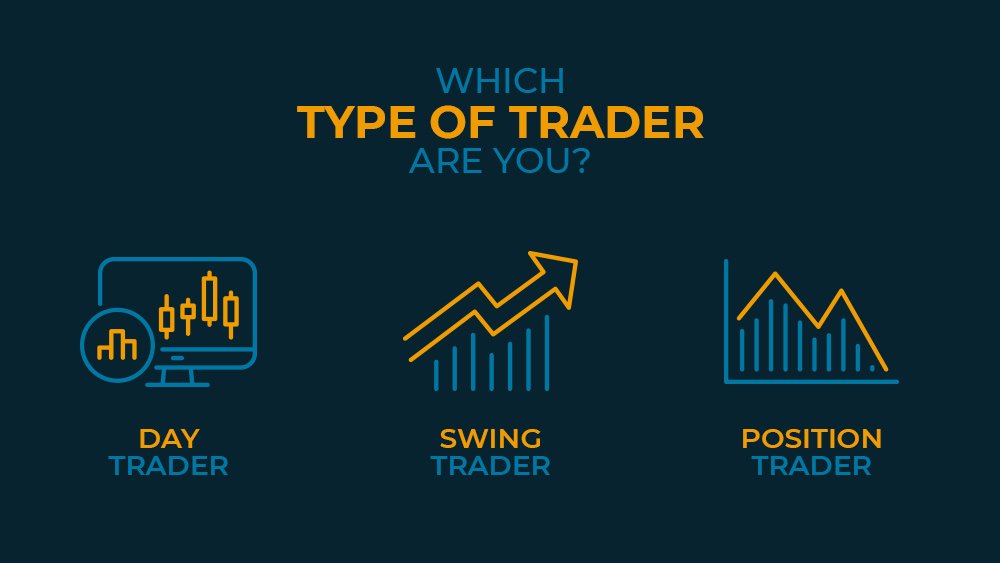Investing and trading have long been seen as two different paths to financial success.
Generally speaking, long-term investing involves buying and holding stocks, bonds, and other assets for months or even years at a time, while short-term trading involves actively buying and selling securities in order to take advantage of short-term price movements.
In this essay, we will look at the characteristics of both long-term investing and short-term trading, and discuss which method probably works better for you.
Advantages and Disadvantages of Long-term Investing
Long-term investing is often the preferred method for those looking to build a diversified portfolio and grow their wealth over time – typically 5 years and more.
This approach is best summarized by this quote:
“Good things come to those who wait”
There are many advantages to long-term investing, such as the potential to tap into both capital appreciation and dividends for higher returns and much lower costs due to fewer transactions.
In fact, history has proven that investors are less likely to suffer losses over longer periods.
Source: JP Morgan Asset Management
The chart above illustrates the concept that while the range of 1-year stock returns has varied widely since 1950 (+47% to -39%), a blend of stocks and bonds has not produced a negative return over any 5-year rolling period in the past 70 years.
That said, one of the main challenges with long-term investing is that it can be difficult to predict what will happen in the markets over a long period of time.
For example, an investment that appears to be a good long-term opportunity today may not perform as expected in the future due to a variety of factors, including changes in the economy, market conditions, or company performance.
With that, let’s dive into the other approach: “Short-Term Trading”.
Advantages and Disadvantages of Short-term Trading
Short-term trading is an active trading methodology where an individual buys and sells financial assets within a short period.
This approach is based on the idea that traders can take advantage of market fluctuations based on past patterns and earn a profit by buying and selling securities quickly. They care little about the inner workings of the businesses and focus on what the price action shows instead.
The holding time for each position varies widely from a merely a few minutes, hours, days, to even months. This is because trading itself encompasses various trading styles such as day trading, swing trading and position trading etc.
Short-term trading can be an attractive option for those who have the time and resources to keep a close eye on the markets and make decisions quickly based on his own trading rules. The returns mainly come as capital gains be it going long or short-selling of the positions.
However, there are also some potential drawbacks to short-term trading as well. For one, it requires a great deal of time and effort to be successful, and investors must be willing to dedicate a significant amount of time to monitoring the markets.
Factors to consider for your investing style
When it comes to choosing a method for investing or trading, it is important to consider various attributes such as your strategy, investing aptitude and your risk tolerance.
Below, we came up with a quick comparison of the 2 investment approaches:
Attributes |
Long Term Investing |
Short Term Trading |
| Holding Period | Typically years or decades | Can be mins, hours to months |
| Approach | Benefits from stability | Benefits from volatility |
| Type of Analysis | Basic research and fundamental factors | Technical Analysis like chart patterns, trading indicators |
| Source of Returns | Capital and Dividend Gains | Capital Gains |
| Potential Returns | 10% to 20% yearly | 5% to 25% yearly |
| Fees | Low Fees | Higher due to more trades |
| Best for… | Growing Capital | Building Cashflow |
There is no right or wrong answer when it comes to selecting either investment approach.
Both methods have their advantages and disadvantages, and the approach that works best for an individual depends on their personal financial goals, risk tolerance, and investment knowledge.
Long-term investing usually provides a more stable return over time because it allows more time for the investments to grow – resulting in less stress involved. If you prefer to focus on other aspects of life and don’t want to be tied to the markets, then long-term investing may be a better option.
Short-term trading is more speculative and involves greater risks, but can also offer greater potential returns. For people who can afford to check the markets regularly and focus on generating a consistent income, they may prefer short-term trading.
Conclusion
Ultimately, the best strategy for an individual depends on their investment goals, risk tolerance, and the amount of time they are willing and able to commit to investing.
It is important to understand the risks and rewards associated with each strategy and to make an informed decision.
XM is a global investment broker regulated by several top-notch authorities worldwide. It is highly recommended for forex and CFD traders as it offers a great variety of currency pairs, low spreads and direct access to the interbank FX market. who prefer the MetaTrader platforms and investors looking for low stock CFD and withdrawal fees.
Start your trading journey with XM here for a FREE $50 Bonus. No Deposit Required!
*This article is in partnership with XM.



